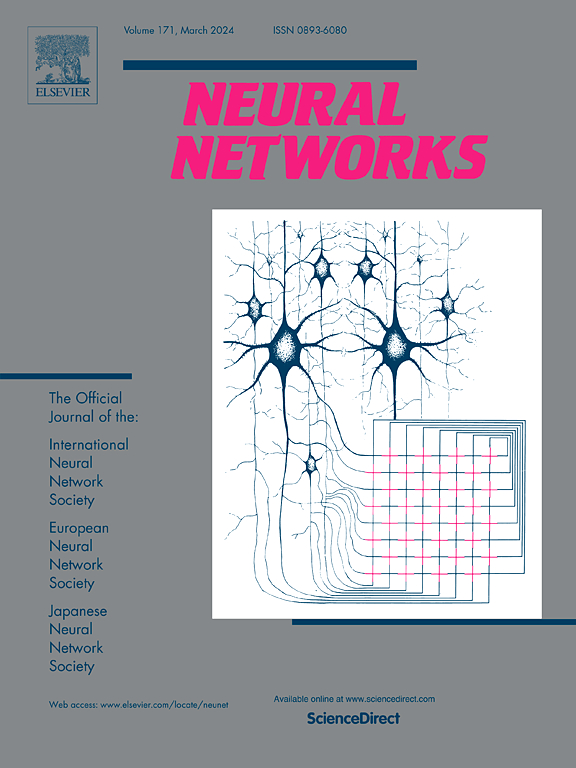Temporal structure-preserving transformer for industrial load forecasting
IF 6.3
1区 计算机科学
Q1 COMPUTER SCIENCE, ARTIFICIAL INTELLIGENCE
引用次数: 0
Abstract
Accurate power load forecasting in industrial parks is crucial for optimizing energy management and operational efficiency. Existing models struggle with industrial load series’ complex, multi-target nature and the need to integrate diverse exogenous variables. This paper introduces the Temporal Structure-Preserving Transformer (TSPT), a novel architecture that addresses these challenges by decomposing multi-target series into univariate series, enabling parallel processing and integrating exogenous data. The TSPT model incorporates the Gated Feature Fusion (GFF), which learns to capture multiscale temporal patterns from each target sequence and exogenous factors by preserving the temporal structure of the series. This parallel processing and the structure-preserving transformations allow TSPT to effectively integrate domain-specific knowledge, such as weather, production, and efficiency data, enhancing its forecasting performance. Comprehensive experiments on a real-world industrial park dataset demonstrate TSPT’s superiority over state-of-the-art methods in handling complex, multi-target forecasting tasks with integrated exogenous variables. The proposed approach offers a pathway for scalable and accurate load forecasting in industrial settings, improving energy management and operational decision-making.
用于工业负荷预测的时间结构保持变压器
工业园区电力负荷的准确预测是优化能源管理和提高运行效率的关键。现有模型与工业负荷序列的复杂性、多目标性质以及需要整合多种外生变量作斗争。本文介绍了时序结构保持转换器(TSPT),这是一种新的架构,通过将多目标序列分解为单变量序列,实现并行处理和整合外源数据来解决这些挑战。TSPT模型结合了门控特征融合(GFF),通过保持序列的时间结构,从每个目标序列和外生因素中学习捕获多尺度时间模式。这种并行处理和保持结构的转换允许TSPT有效地集成特定领域的知识,如天气、生产和效率数据,从而提高其预测性能。在真实工业园区数据集上的综合实验表明,TSPT在处理具有综合外生变量的复杂多目标预测任务方面优于最先进的方法。提出的方法为工业环境中可扩展和准确的负荷预测提供了一条途径,改善了能源管理和运营决策。
本文章由计算机程序翻译,如有差异,请以英文原文为准。
求助全文
约1分钟内获得全文
求助全文
来源期刊

Neural Networks
工程技术-计算机:人工智能
CiteScore
13.90
自引率
7.70%
发文量
425
审稿时长
67 days
期刊介绍:
Neural Networks is a platform that aims to foster an international community of scholars and practitioners interested in neural networks, deep learning, and other approaches to artificial intelligence and machine learning. Our journal invites submissions covering various aspects of neural networks research, from computational neuroscience and cognitive modeling to mathematical analyses and engineering applications. By providing a forum for interdisciplinary discussions between biology and technology, we aim to encourage the development of biologically-inspired artificial intelligence.
 求助内容:
求助内容: 应助结果提醒方式:
应助结果提醒方式:


